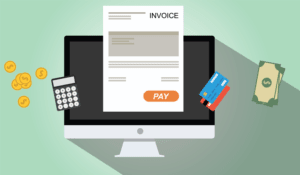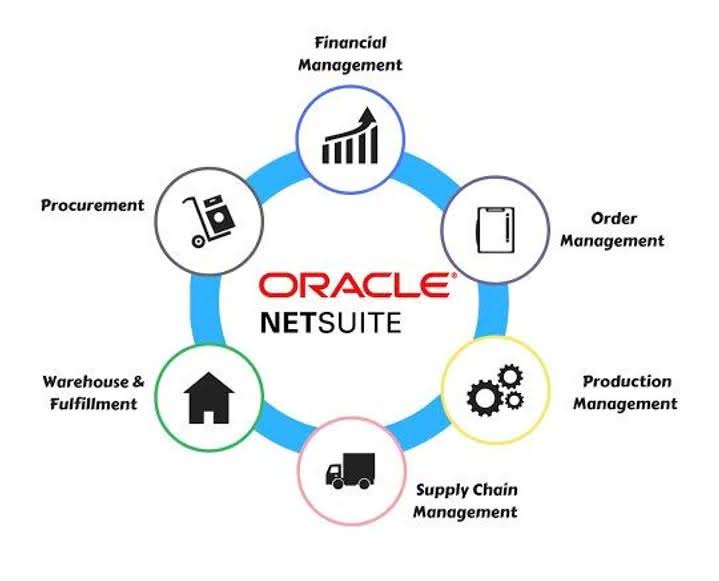
This course provides an introduction to general accounting principles and financial concepts, as well as financial best practices relevant to the wine industry. Course concepts will be examined and explored through the lens of the wine industry. The costs of grapes, bulk wine, glass, and other winery accounting dry goods must be assigned to separate wines and tracked by SKU. The foundation of any successful business – including wineries – is made up of the numbers that underly everything. Tracking your performance using these numbers is vital to maintaining and expanding a profitable business.
What is accrual accounting and why is it important for wineries?
You will need to decide how much to spend on production overall, including how much to spend on grapes, glass, label, closures, and more. Then, you must decide how much money is going to be allocated between different departments to run the business and sell the wine. Finally, you must track how much is spent on all the other operational costs of your winery. It’s exacting work, and made worse by the often confusing overlap between overhead, production, and material costs. There are several ways to allocate costs, but regardless of the method used, it’s important to apply it consistently. Once a methodology is determined and adopted, a winery can fine-tune its data capture and reporting procedures to ensure the information used to cost its products are accurate.

Understanding Gross Profit Margins
Winemaking costs vary considerably because of the variations in varietal production processes and aging requirements. Determining the applicable costs to include in inventory can be challenging, but tracking such costs is crucial for both proper winery https://www.bookstime.com/ management and proper tax reporting. By helping students develop an accurate understanding of the true costs of their product this course will enable students to build sustainable and profitable pricing strategies for various wine business models.
Winery accounting that helps you grow.
With this change, business owners may want to evaluate if their current entity structure is still the most beneficial. Protecting against raw materials fraud can be challenging, but being aware of the possible types of frauds possible is a good start. The best internal control is to only do business with reliable and known suppliers and to have a contractual arrangement that allows for retribution if lower quality or mislabeled goods are provided. Employees and nonemployees alike should be trained about the benefits of sharing information about any irregularities of which they are aware.
- If you’re a winery or vineyard taxpayer that isn’t structured as a C corporation, there’s a new 20% QBI deduction available through 2025 for the owners of flow-through entities and sole proprietorships.
- Join 500+ wine business owners in the know, getting the latest accounting news in the wine business.
- This cost is then compared to inventory originally calculated under their old method.
- A CO confirms that all building codes, zoning laws and government regulations have been met.
- Learn more about licensing requirements in your state by visiting SBA’s reference to state licenses and permits.
Winery Accounting 101: How to Properly Value Your Inventory for Long-Term Business Success
In addition, there were changes to the calculation of the excise tax credit and the amount of excise tax that is assessed on wines with alcohol content above 14% and below 16%. These new provisions only apply to wine removed from bond for the period after December 31, 2017, and before January 1, 2020. Under the pre-tax reform rules, the taxpayer would be able to offset the $1 million winery loss against his or her other sources of income and bring his or her taxable income to zero.
- Businesses operating out of a physical location typically require a Certificate of Occupancy (CO).
- Pre-productive costs are the farming costs incurred between the time a vine is planted through the harvest date of the first commercially harvestable crop, typically three crop years.
- We help marijuana growers, dispensaries, CBD retailers, and many others conquer the challenges of this unique industry with customized accounting services and money-saving tax strategies.
- That includes rent, depreciation, business or property insurance, maintenance, cleaning supplies, and property taxes.
- Wine may sometimes be sent to a bonded warehouse until fully aged or sold, or because of space constraints at the winery.
- The difference of $1.2 million between the $2 million from the old method and the $800,000 of the new method would be taken as a deduction on the 2018 return.
- The same taxpayer also has a flow-through loss from their winery of $1 million for 2018 and has basis to deduct this loss in full.

How to Start a Vineyard Business

